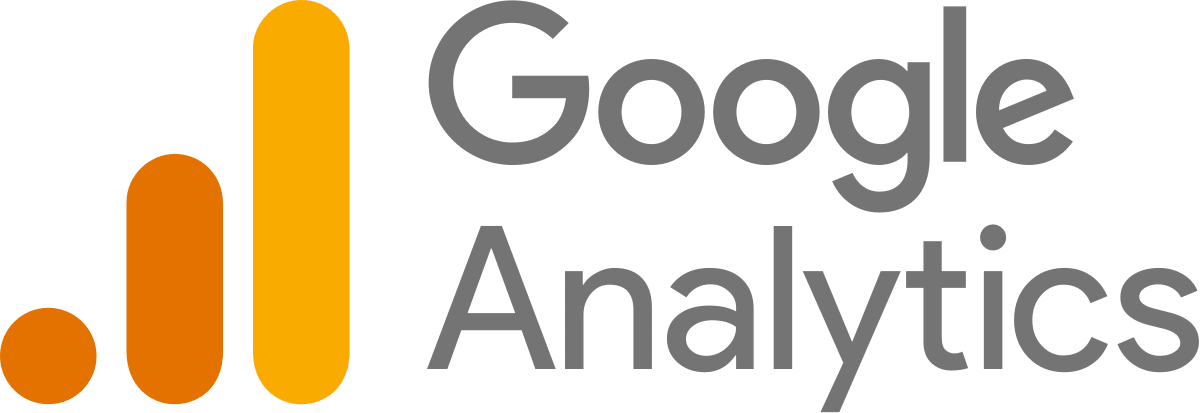
Starting From
- Free: unlimited events, BigQuery export, ML insights
- Enterprise (GA360): starts at ~$50K/year (custom support, SLAs)
PROS
- Totally free for most users, with unmatched data features
- BigQuery export + ML predictions now available without GA360
- Cross-device & platform tracking under one roof
- Future-proof: works without cookies, respects privacy rules
CONS
- UX is confusing and lacks intuitive navigation
- Learning curve from Universal Analytics is steep
- Requires custom setup for meaningful tracking
- Limited native reporting—most analysis needs Looker Studio or BigQuery
Google Analytics 4 Review
This GA4 review includes affiliate links—clicking and signing up may earn me a small commission. I only recommend tools I trust and use myself.
Google Analytics 4 (GA4) is the successor to Universal Analytics (UA), designed to meet the evolving demands of privacy-first tracking, mobile-first experiences, and ML-driven insights. It’s free, powerful, and widely adopted—but also complex, polarizing, and vastly different from what long-time users of UA were accustomed to.
Table of Contents
Quick Answers
- What is GA4? Google’s free event-based analytics platform for apps + websites with ML features and privacy-first design.
- Who’s it for? Marketers, devs, analysts—anyone needing detailed cross-platform usage data, especially if you use Google Ads or Firebase.
- Key features? Event-based tracking, ML predictions, BigQuery export, funnel/path exploration, DebugView, and attribution modeling.
- Compared to alternatives? More powerful than UA, deeper than Plausible/Matomo, and free—if you can climb the learning curve.
- Easy to set up? Tag Manager or gtag.js makes install easy; but full tracking requires planning and technical finesse.
- Integrations? Native with Ads, Search Console, Firebase, Looker Studio, BigQuery, App + Web SDKs.
- How much? 100% free for most users; GA360 for large orgs starts ~$50K/yr.
- Pros & cons? ✅ Free & powerful; ✅ ML insights; ✅ BigQuery access. ❌ UI is confusing; ❌ Reporting is limited without Looker; ❌ Custom setup needed.
- Worth it? Yes—especially if you’re serious about data and willing to invest in setup time.
- Where to get it?
Set up GA4 for Free →
1. Features & Capabilities
GA4 replaces the old session-based model with an event-parameter model. This allows every user interaction—whether it’s a page view, scroll, download, or form submission—to be tracked as an event with up to 25 custom parameters. This flexibility opens the door for highly customized data tracking, giving teams much more control over what they measure and how.
Advanced features now available for free:
- Funnel exploration (formerly GA360 exclusive)
- Pathing, cohort, and retention reports
- Predictive metrics like purchase probability & churn risk
- Cross-device tracking with User-ID or Google signals
- Custom dimensions and metrics
- DebugView with real-time tracking visualization
One of GA4’s most powerful features is its BigQuery export, allowing you to pipe raw event-level data to Google’s cloud warehouse for advanced querying. This used to require a paid GA360 account—but now it’s free, unlocking unprecedented flexibility for analysts and data teams.
GA4 is also privacy-forward by design. It offers no IP storage, supports cookieless tracking configurations, and allows fine-grained data retention settings. Consent mode helps sites adjust tracking based on user consent, making compliance with GDPR and CCPA easier than ever.
2. Pricing & Value
For most users, GA4 is completely free. There are no caps on events, users, or properties, and all the advanced features—funnel exploration, predictive metrics, BigQuery export—are included.
Google Analytics 360, the enterprise version, starts around $50,000/year and includes dedicated support, SLA-backed performance, higher limits for data and API requests, and other enterprise-grade governance features. Most small-to-midsize businesses won’t need this.
GA4’s value is hard to overstate—similar tools like Mixpanel, Heap, or Amplitude often charge hundreds to thousands per month for similar functionality, especially for event volume and raw data export. If you’re already using Google Ads, Search Console, or Firebase, the native integrations make GA4 even more compelling.
3. Ease of Use & Onboarding
GA4 is easy to install but hard to master. Adding the tracking snippet via Tag Manager or manually via gtag.js is straightforward, and Google’s Setup Assistant walks you through connecting a property and creating Data Streams for web and app.
But that’s where the simplicity ends. The new interface lacks many of the familiar, prebuilt reports from UA. Instead, you’ll rely on Explorations (custom reports), which are powerful but not intuitive. Metrics like bounce rate or landing pages are missing by default—you’ll need to configure them manually.
For teams with existing UA skills, the shift to events and parameters requires rethinking everything: what’s tracked, how it’s named, what’s meaningful. Planning your event schema upfront is crucial to avoid messy data later.
Documentation and training via Google Analytics Academy are solid, but many users still turn to YouTube, blogs, and consultants to bridge the knowledge gap.
4. Case Studies & Reputation
GA4 has seen rapid adoption—over 14 million websites have made the switch. It’s now mandatory for anyone who previously relied on Universal Analytics, which was sunset in July 2023.
Power users appreciate the enhanced data flexibility, real-time views, and machine learning insights. Technical teams love the BigQuery pipeline and DebugView. But for casual users, GA4 has a steeper learning curve and less visual polish.
Community feedback ranges from enthusiastic to exasperated. Some Reddit users say “the data potential is enormous,” while others note “reports feel buried, and what used to be easy now takes five clicks and a coffee.”
Despite growing pains, GA4 is increasingly seen as a modern, scalable analytics solution aligned with the future of privacy and multi-device tracking.
5. Customer Support & Reliability
GA4 is supported by a vast ecosystem of documentation, forums, videos, and GA-certified experts. Google offers an official learning hub with certifications and courses for free. For enterprise users, GA360 includes direct support and SLAs, but for the rest of us, help typically comes from communities and consultants.
Reliability is excellent—Google’s infrastructure ensures global scale and redundancy. Real-time data flows are fast, though API quotas can throttle frequent requests. Heavy users may run into sampling on certain reports, though BigQuery export can sidestep this entirely.
6. Summary & Final Rating
Pros
Cons
Final Rating: ★★★★☆ (4.4/5)
Google Analytics 4 is a beast—free, powerful, scalable—but it comes with a learning curve. If you’re ready to invest in setup and embrace modern data modeling, GA4 delivers enterprise-grade tracking without a price tag. A must-have for any serious analytics strategy in 2025 and beyond.
